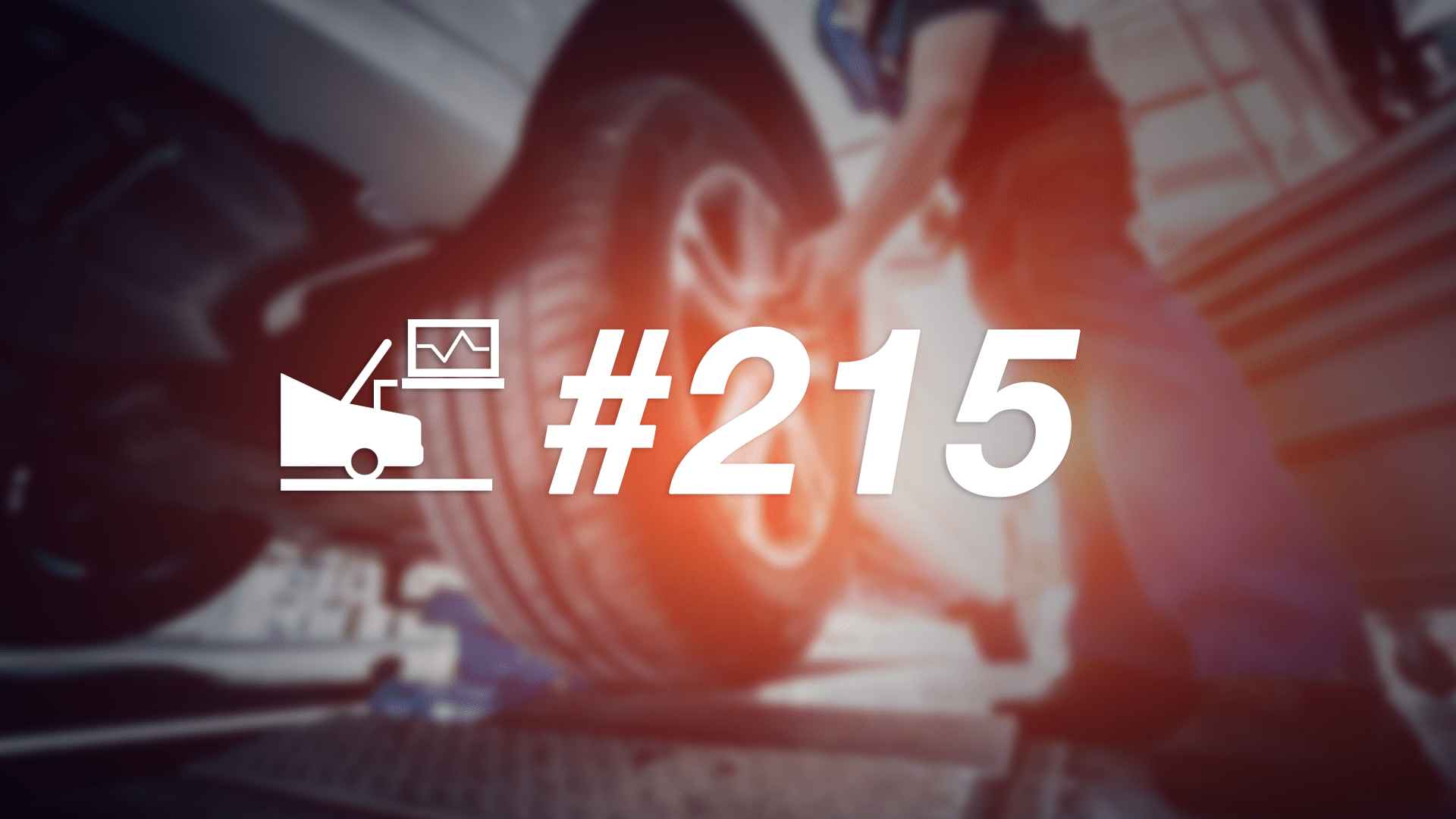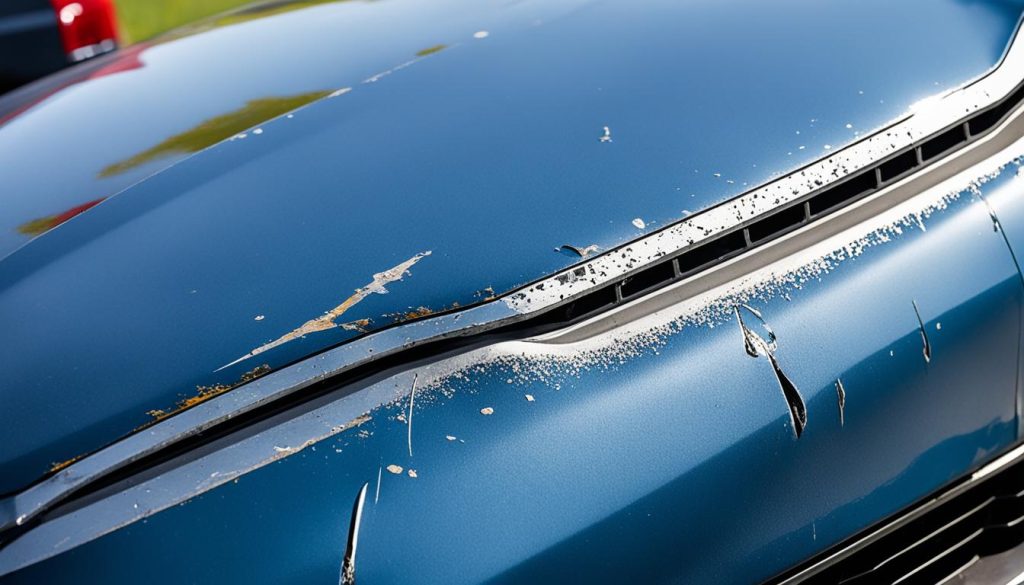Next time you’re walking a car show, look beyond the shiny paint and wild wheels on those custom builds to see what truly separates the great cars from those that are just okay. It’s often the little details like the correct finish on certain hardware, or panels that have been gapped more perfectly than the factory ever could.
Nothing wrecks the appearance of a great project car like looking under the hood or the dash to see a rat’s nest of janky wiring. Poorly made electrical harnesses are not only the mark of shoddy workmanship but can also be dangerous. There’s just no excuse for doing a sloppy job of wiring a car, especially if you’re making your harnesses from scratch.

Here is what you need to know to make great looking wiring, whether you’re repairing a factory harness or making a new one from scratch.
Understand the requirements – Before you begin, make sure you understand the electrical requirements of the harness you’re making. Consider the load for the devices you’ll be powering, the number of circuits required, the locations for components like fuses and relays, and any other special considerations such as matching the factory wiring colors and connector styles. If you’re uncertain, pick up an electrical handbook to help with choices.
Plan the layout – Design a clear and organized layout for your harness before you start running wires. Determine the optimal routing of wires for factors like accessibility, protection from heat or abrasion, and separation from other components. A well-planned layout at the beginning ensures easy troubleshooting and maintenance down the road.
You’ll also want to avoid splicing wires, if possible. Instead, run full lengths of wiring between components using proper terminals at each end. If there’s no choice but to build a harness in multiple sections, use a dedicated junction block or bus bar.

Use proper materials – It should go without saying that automotive electrical systems require components made specifically for the task. Always use stranded automotive-grade primary wire, connectors, terminals, and loom to ensure durability and reliability. Heat-shrink tubing, electrical tape, and zip ties are also appropriate to secure and protect the harness.
This philosophy extends to the wiring colors as well. Whenever possible, use wiring that’s not only the correct gauge for the circuit, but also matches the vehicle’s color-coded theme. For instance, if green wire is used in the factory harness to power instrument lighting, you might want to make sure you also use green for the lighting when you add on, say, an auxiliary gauge panel. And if the wire you’re trying to match has a secondary color – usually white or black, but sometimes other colors like yellow – you can match it by marking solid-colored wire insulation with a standard permanent marker or a paint marker.
Consider the overall appearance – Beyond simply using automotive-grade components, look for other opportunities to make the final installation as clean and factory-like as possible. For instance, installing a mounted relay block to the vehicle looks far more professional than dangling a loose relay from its wiring with a zip tie. The same applies to using an auxiliary fuse block instead if splicing inline fuses when adding new circuits.

Likewise, pay attention to the way the factory finishes its harnesses. Split plastic loom is very common, but some manufacturers may wrap their wiring in cloth tape, shrink tubing, or simply electrical tape. All of them can look great, but if you can match the rest of the vehicle’s wiring (and mounting hardware), it’ll look even better.
Label and document – When adding wiring to a vehicle for accessories such as lighting or audio systems, good labeling is essential for a serviceable wiring harness since it won’t be on factory wiring diagrams. Use heat-shrink labels or durable markers to identify add-on harnesses and make a separate wiring diagram that outlines the connections, wire colors, and any notes to assist with future repairs or modifications.

To solder or to crimp? – Soldering and crimping are both commonly used methods to terminate or join wiring. When soldering, ensure clean and secure connections, and cover them with heat-shrink tubing for insulation. When crimping, use the correct type of crimping tool for the terminals you’re installing (put the pliers away) and use only terminals designed for automotive applications. Double-check each crimp to ensure a solid and secure joint before moving on.
Use protection and resist vibrations – The simple act of driving your car can subject wiring harnesses to vibrations and potential abrasion. Route and secure your wiring using OE-style clips, brackets, or tie-downs when possible. Keep wires away from sharp edges or moving parts, and always protect them with some type of loom, grommets, or conduit when passing through metal or other potentially abrasive surfaces.

Test and verify Once the wiring harness is complete, perform thorough testing to ensure proper functionality. Use a multimeter or circuit tester to verify voltage, continuity, and resistance. Check all connections, switches, and devices for proper operation. Address any issues or faults before final installation.
RESOURCES IN THIS ARTICLE
-
- Automotive Wiring and Electrical Systems Book – Item # 14695
-
- Eastwood Crimp-Right Weather-Tight Wiring Connector Crimping Kit – Item # 31676
#Great #Wiring #Harnesses #Project #Garage










